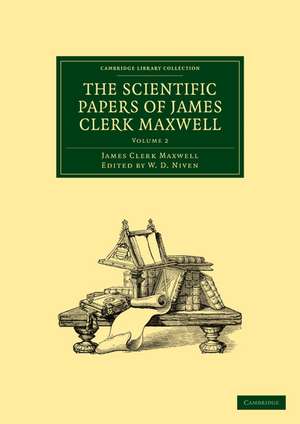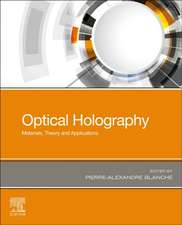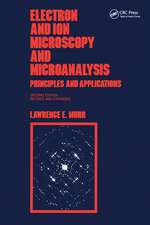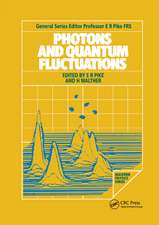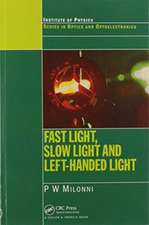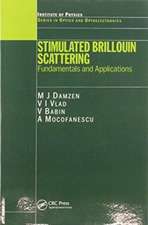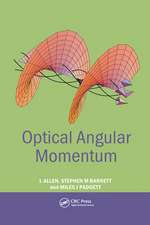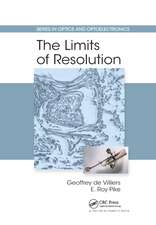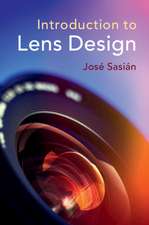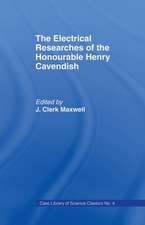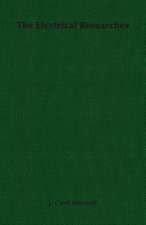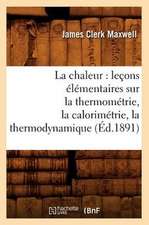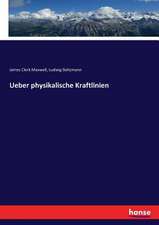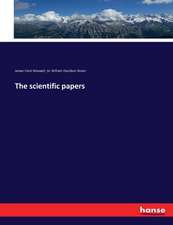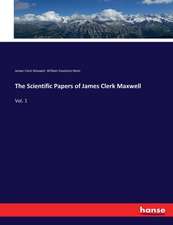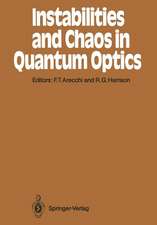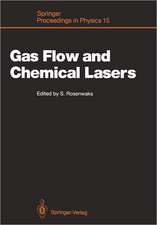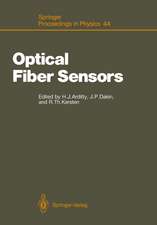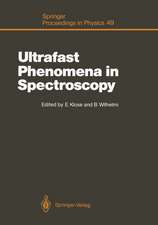The Scientific Papers of James Clerk Maxwell: Volume 2: Cambridge Library Collection - Physical Sciences
Autor James Clerk Maxwell Editat de W. D. Nivenen Limba Engleză Paperback – 19 ian 2011
Din seria Cambridge Library Collection - Physical Sciences
- 23%
 Preț: 833.69 lei
Preț: 833.69 lei - 14%
 Preț: 595.04 lei
Preț: 595.04 lei - 23%
 Preț: 2112.84 lei
Preț: 2112.84 lei - 23%
 Preț: 1134.09 lei
Preț: 1134.09 lei -
 Preț: 372.11 lei
Preț: 372.11 lei -
 Preț: 466.14 lei
Preț: 466.14 lei -
 Preț: 332.28 lei
Preț: 332.28 lei -
 Preț: 422.01 lei
Preț: 422.01 lei -
 Preț: 509.82 lei
Preț: 509.82 lei -
 Preț: 466.95 lei
Preț: 466.95 lei -
 Preț: 443.42 lei
Preț: 443.42 lei -
 Preț: 422.01 lei
Preț: 422.01 lei -
 Preț: 329.56 lei
Preț: 329.56 lei -
 Preț: 255.68 lei
Preț: 255.68 lei -
 Preț: 329.56 lei
Preț: 329.56 lei -
 Preț: 464.99 lei
Preț: 464.99 lei -
 Preț: 418.91 lei
Preț: 418.91 lei - 19%
 Preț: 461.39 lei
Preț: 461.39 lei -
 Preț: 520.98 lei
Preț: 520.98 lei -
 Preț: 369.45 lei
Preț: 369.45 lei -
 Preț: 404.12 lei
Preț: 404.12 lei - 19%
 Preț: 455.00 lei
Preț: 455.00 lei - 19%
 Preț: 455.62 lei
Preț: 455.62 lei -
 Preț: 338.14 lei
Preț: 338.14 lei -
 Preț: 282.18 lei
Preț: 282.18 lei -
 Preț: 375.39 lei
Preț: 375.39 lei -
 Preț: 465.60 lei
Preț: 465.60 lei -
 Preț: 329.56 lei
Preț: 329.56 lei - 19%
 Preț: 498.49 lei
Preț: 498.49 lei -
 Preț: 421.20 lei
Preț: 421.20 lei - 19%
 Preț: 499.85 lei
Preț: 499.85 lei -
 Preț: 252.96 lei
Preț: 252.96 lei -
 Preț: 361.56 lei
Preț: 361.56 lei -
 Preț: 246.75 lei
Preț: 246.75 lei - 19%
 Preț: 534.09 lei
Preț: 534.09 lei -
 Preț: 419.51 lei
Preț: 419.51 lei -
 Preț: 521.57 lei
Preț: 521.57 lei - 19%
 Preț: 455.92 lei
Preț: 455.92 lei -
 Preț: 471.36 lei
Preț: 471.36 lei -
 Preț: 352.34 lei
Preț: 352.34 lei -
 Preț: 420.82 lei
Preț: 420.82 lei
Preț: 557.54 lei
Preț vechi: 626.45 lei
-11% Nou
Puncte Express: 836
Preț estimativ în valută:
106.68€ • 111.70$ • 88.49£
106.68€ • 111.70$ • 88.49£
Carte disponibilă
Livrare economică 20 martie-03 aprilie
Livrare express 05-11 martie pentru 81.84 lei
Preluare comenzi: 021 569.72.76
Specificații
ISBN-13: 9781108015387
ISBN-10: 1108015387
Pagini: 836
Ilustrații: 1 b/w illus.
Dimensiuni: 210 x 297 x 42 mm
Greutate: 1.96 kg
Editura: Cambridge University Press
Colecția Cambridge University Press
Seria Cambridge Library Collection - Physical Sciences
Locul publicării:Cambridge, United Kingdom
ISBN-10: 1108015387
Pagini: 836
Ilustrații: 1 b/w illus.
Dimensiuni: 210 x 297 x 42 mm
Greutate: 1.96 kg
Editura: Cambridge University Press
Colecția Cambridge University Press
Seria Cambridge Library Collection - Physical Sciences
Locul publicării:Cambridge, United Kingdom
Cuprins
27. On the viscosity or internal friction of air and other gases; 28. On the dynamical theory of gases; 29. On the theory of the maintenance of electric currents by mechanical work without the use of permanent magnets; 30. On the equilibrium of a spherical envelope; 31. On the best arrangement for producing a pure spectrum on a screen; 32. The construction of stereograms of surfaces; 33. On reciprocal diagrams in space and their relation to Airy's function of stress; 34. On governors; 35. Experiment in magneto-electric induction; 36. On a method of making a direct comparison of electrostatic with electromagnetic force; 37. On the cyclide; 38. On a bow seen on the surface of ice; 39. On reciprocal figures, frames, and diagrams of forces; 40. On the displacement in a case of fluid motion; 41. Address to the mathematical and physical sections of the British Association, 1870; 42. On colour-vision at different points of the retina; 43. On hills and dales; 44. Introductory lecture on experimental physics; 45. On the solution of electrical problems by the transformation of conjugate functions; 46. On the mathematical classification of physical quantities; 47. On colour vision; 48. On the geometrical mean distance of two figures on a plane; 49. On the induction of electric currents in an infinite plane sheet of uniform conductivity; 50. On the condition that, in the transformation of any figure by curvilinear co-ordinates in three dimensions, every angle in the new figure shall be equal to the corresponding angle in the original figure; 51. Reprint of Papers on electrostatics and magnetism. By Sir W. Thomson. (Review); 52. On the proof of the equations of motion of a connected system; 53. On a problem in the calculus of variations in which the solution is discontinuous; 54. On action at a distance; 55. Elements of natural philosophy. By Sir W. Thomson and P. G. Tait. (Review); 56. On the theory of a system of electrified conductors, and other physical theories involving homogeneous quadratic functions; 57. On the focal lines of a refracted pencil; 58. An Essay on the mathematical principles of physics. By Rev. James Challis. (Review); 59. On Loschmidt's experiments on diffusion in relation to the kinetic theory of gases; 60. On the final state of a system of molecules in motion subject to forces of any kind; 61. Faraday; 62. Molecules (a lecture); 63. On double refraction in a viscous fluid in motion; 64. On Hamilton's characteristic function for a narrow beam of light; 65. On the relation of geometrical optics to other parts of mathematics and physics; 66. Plateau on soap-bubbles (Review); 67. Grove's Correlation of physical forces (Review); 68. On the application of Kirchhoff's rules for electric circuits to the solution of a geometric problem; 69. Van der Waals on the continuity of the gaseous and liquid states; 70. On the centre of motion of the eye; 71. On the dynamical evidence of the molecular constitution of bodies (a lecture); 72. On the application of Hamilton's characteristic function to the theory of an optical instrument symmetrical about its axis; 73. Atom; 74. Attraction; 75. On Bow's method of drawing diagrams in graphical statics with illustrations from Peaucellier's Linkage; 76. On the equilibrium of heterogeneous substances; 77. Diffusion of gases through absorbing substances; 78. General considerations concerning scientific apparatus; 79. Instruments connected with fluids; 80. Whewell's Writing and correspondence (Review); 81. On Ohm's Law; 82. On the protection of buildings from lightning; 83. Capillary action; 84. Hermann Ludwig Ferdinand Helmholtz; 85. On a paradox in the theory of attraction; 86. On approximate multiple integration between limits by summation; 87. On the unpublished electrical papers of the Hon. Henry Cavendish; 88. Constitution of bodies; 89. Diffusion; 90. Diagrams; 91. Tait's Thermo
Descriere
The collected papers of the man generally considered the third most important physicist of all time, after Newton and Einstein.
